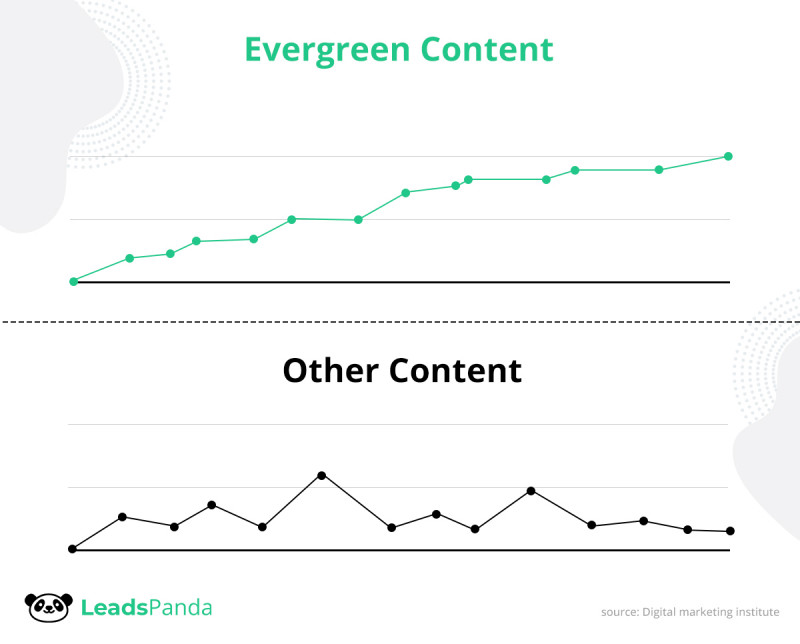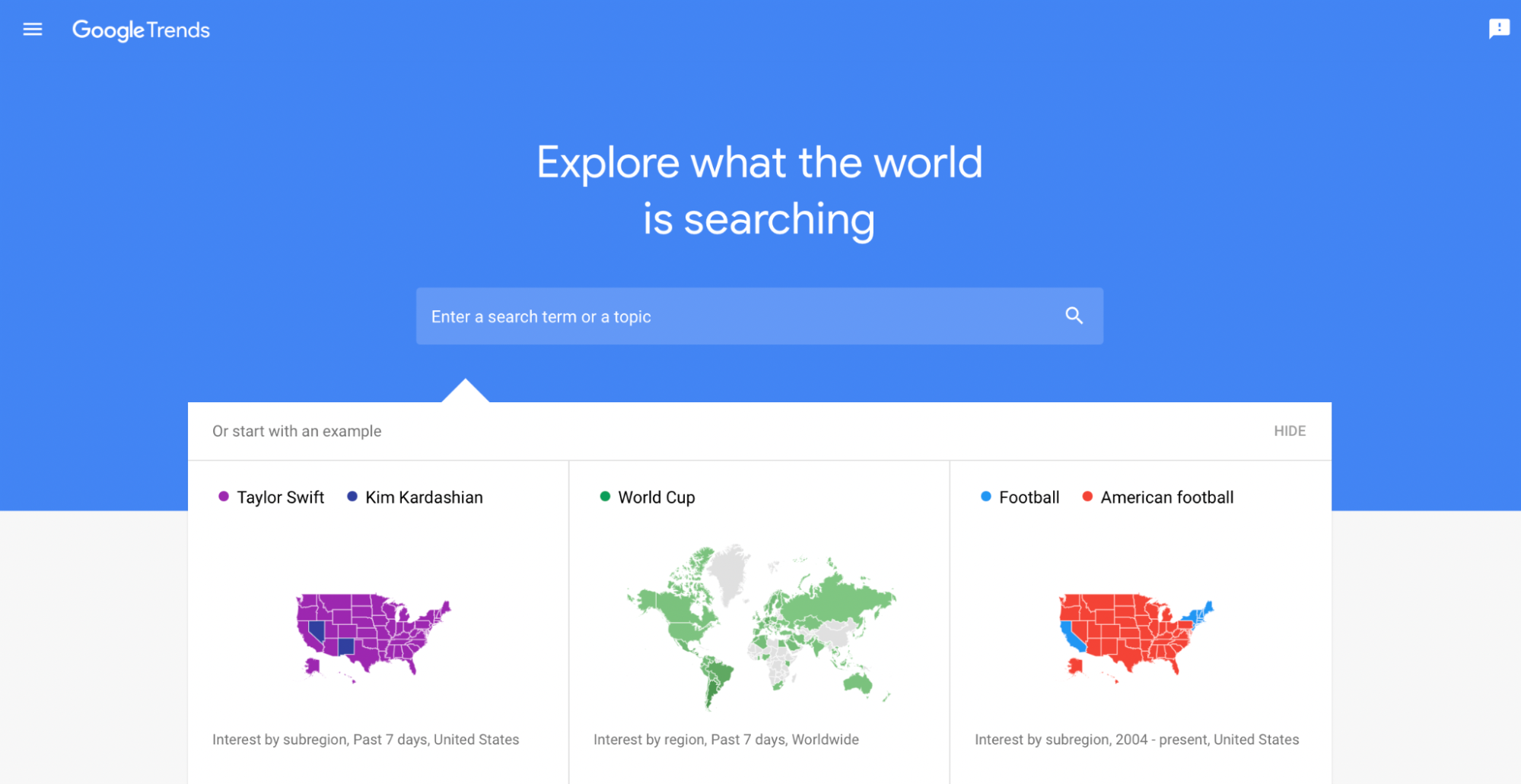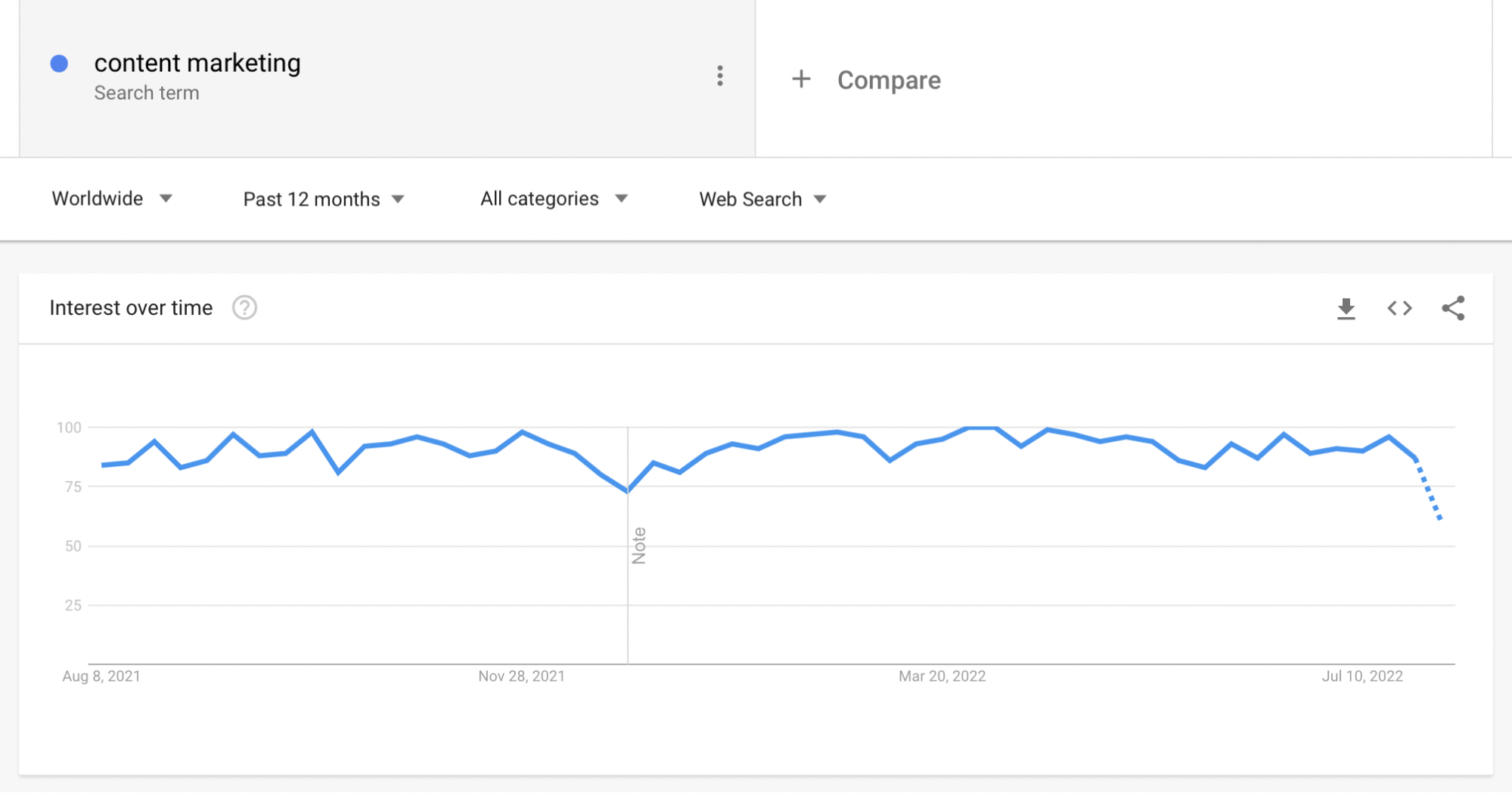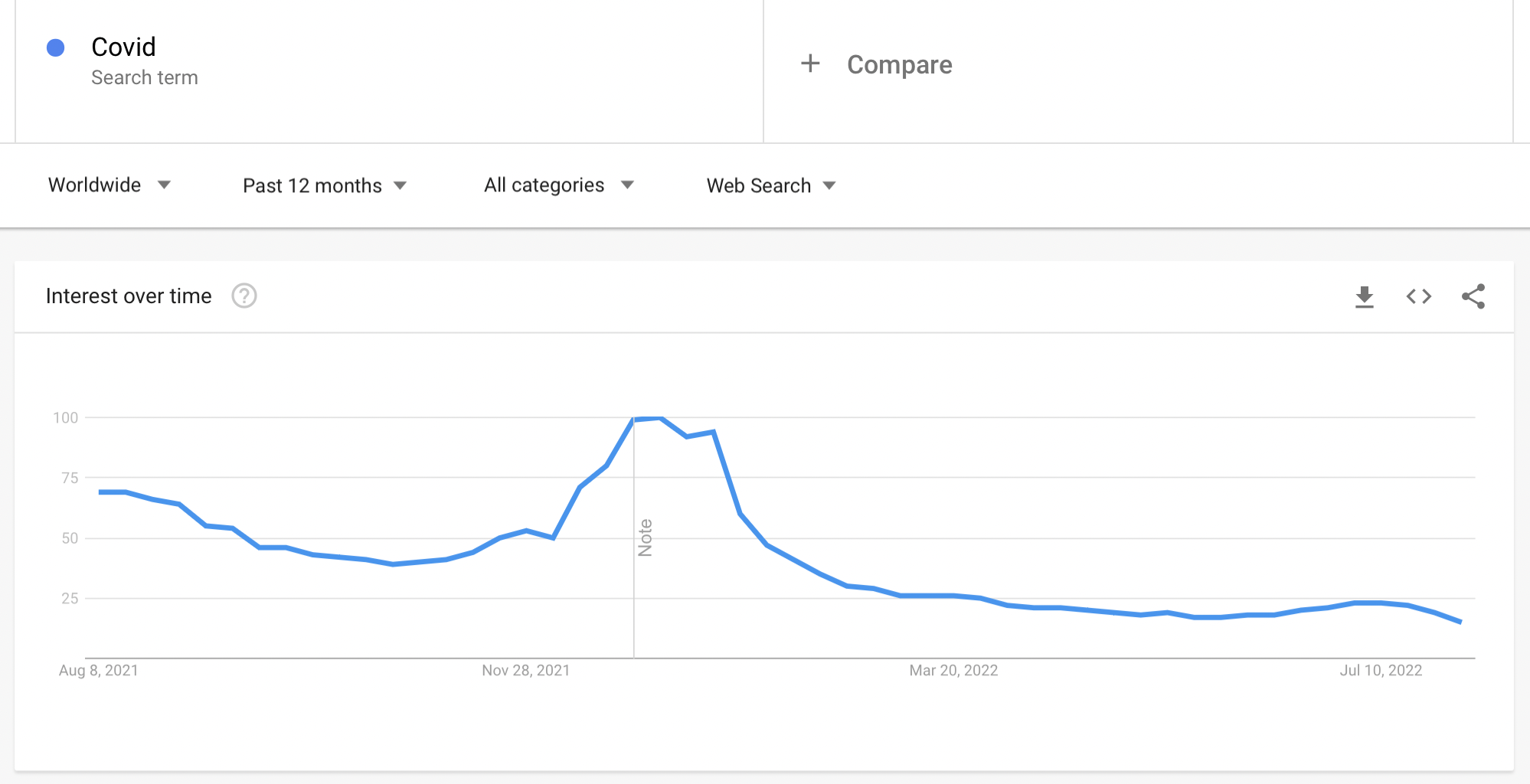The Best Guidelines for Writing Evergreen Content
Many of us are used to writing content about trending topics, current events, and recent news—and these are great sources of material. They’re relevant, interesting, and very engaging to your audience.
However, there’s also value in writing evergreen content. Since it’s not time sensitive or hinged on current events, it will continue to drive traffic consistently—long after it has been published.

What Is Evergreen Content?
Evergreen content is published material that continues to be relevant and fresh for readers regardless of the date. These pieces are written to be search-optimized for a particular topic and are intended to be searchable, readable, and engaging for the foreseeable future. Strategic and carefully written evergreen content’s search traffic tends to grow over time.
Evergreen content can come in the form of articles, listicles, tips and guidelines, how-to content, product reviews, and videos. Let’s explore the best practices for creating evergreen content.
6 Tips for Writing Evergreen Content
1. Use Relevant Keywords
If your content is meant to stand the test of time, make sure it’s searchable. Using a combination of keywords and long-tail key phrases may be your best option to target a wide range of searches for specific topics or niches.
Pay special attention to the search volume of your keywords and key phrases. For evergreen keywords, you want something that generates at least 1,000 monthly searches. This indicates that a particular topic draws genuine interest from a significant audience.
If available, be sure to click the “Parent Topic” option of keyword searches to expand your research. This should deliver other related keywords that could inspire an evergreen piece.
2. Double-Check Google Trends
Even after you’ve reviewed potential keywords, you may be apprehensive about the evergreen potential of a particular keyword or key phrase. In such cases, be sure to check Google Trends.

Pay attention to the “interest over time” chart and check if the keyword is trending downward—this could mean interest in a particular topic is already waning. It could also show a lot of spikes over short periods, which could imply that interest in the topic is seasonal. Take a look at the examples below.
A search for “Content Marketing” shows a pretty consistent trend line that indicates audiences conduct searches about this topic all year round.

A search on a more topical subject like “COVID” shows a steady dip as the world learns how to manage the virus better.

Stick to keywords that show a high trendline that doesn’t show signs of dipping.
3. Remember To Optimize for SEO
Optimizing for SEO goes beyond just incorporating the right keywords and key phrases into your content. Everything about evergreen content has to be strategically optimized for search engines, and that includes:
- Incorporating target keywords and phrases in the title, H1, and H2 subheadings.
- Adding relevant internal and external links.
- Making sure paragraphs are optimized for readers.
- Writing short, readable sentences.
- Incorporating credible outbound links to high-authority sites.
- Adding cited data and statistics when applicable.
- Writing relevant, easy-to-understand content.
4. Evergreen Content Still Needs To Stay Up To Date
Evergreen content requires minimal updating and stays relevant for a long time, but not forever. Even truly evergreen material needs to keep up with the times. For example, if you wrote a product review for software, you can expect changes to their pricing schemes or subscription process through the months. These are things that you can update every once in a while to refresh your content and make sure it’s current.
Remember to periodically revisit old evergreen content and check important details, review links, and remove sections that have become irrelevant.
5. Remember to Reshare Your Evergreen Pieces On Social Media
Another great thing about evergreen content is that it’s easy to share and reshare on your social media platforms. Once in a while, after refreshing your content, you can republish your top-performing evergreen pieces and help spark interest and generate awareness for it.
6. Refresh Images
The easiest way to update your evergreen content, especially for articles, is by adding new images or changing them to make the piece more interesting. Through this and following best SEO practices, you’re making old evergreen content more visible. Remember to add easily identifiable alt tags to your images and ensure your new images are relevant to your readers. This helps make your content more readable and engaging.
Should You Include Evergreen Content In Your Marketing Strategy?
As a content marketer, your goal is not just to create and implement an effective SEO strategy—you want content that will stand the test of time.
This doesn’t mean you should forget about writing time contingent, trending content as well. A great content base should strike the perfect balance between the two. You want your audience to know that you’re a brand or business able to keep up with the times and offer insightful information on newsworthy current events. But you also want to have content that can generate interest no matter when your readers come across it.
Timeless, evergreen content may not generate as many immediate views or shares, but you can expect higher ROI in the long run. If you’re still developing a content strategy, our advice is to start with evergreen content first. You’ll definitely reap the rewards in the future.
If you want to learn more, reach out to us. Book a consultation or get started with LeadsPanda to find out how we can help you.
For any questions, leave a comment below or check out our LinkedIn or Twitter.
Share This Story
Get the latest growth ideas, strategies, and best practices delivered to your inbox.
Quick read that helps 7000+ subscribers.









